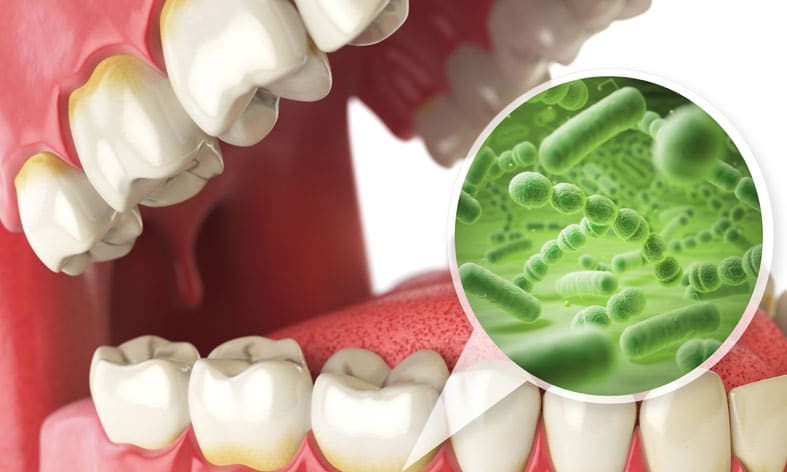Gum disease involves the gums, bone, and other areas which provide support to teeth.
There are two types of gum disease:
Gingivitis is inflammation of the gums and is caused by the presence of plaque. Gingivitis is the mildest form of gum disease and is classified by red, swollen and/or bleeding gums. Treatment and education from your oral health therapist/hygienist will be aimed at reversing the disease and restoring gum health.
Break down biofilm with PerioRenew
Unhealthy gums can dramatically impact more than just your smile. Learn more about this revolutionary new gel for gum disease.
sponsored ad
Periodontitis is the most severe type of gum disease; it can cause irreversible damage to your gums and the bone that provides support to your teeth. It is classified by red, swollen gums, which may recede away from your teeth, and usually tartar (calculus) is visible. If left untreated, periodontitis can cause tooth loss, while also resulting in an increased risk of stroke, cardiovascular disease and other serious health problems.
Largely preventable, periodontitis is caused by increased deposits of calculus and plaque above and below the gums. Treatment is aimed at stabilising the disease to prevent any further destruction of supporting tissues. Treatment includes removing plaque and calculus which is trapped below the gum and around the teeth.
If you feel that you have signs of gum disease, feel free to contact the clinic for a hygiene appointment with one if our trained oral health therapists.
Source: http://www.thedentalproject.com.au/media/periodontal-disease-gum-disease/


